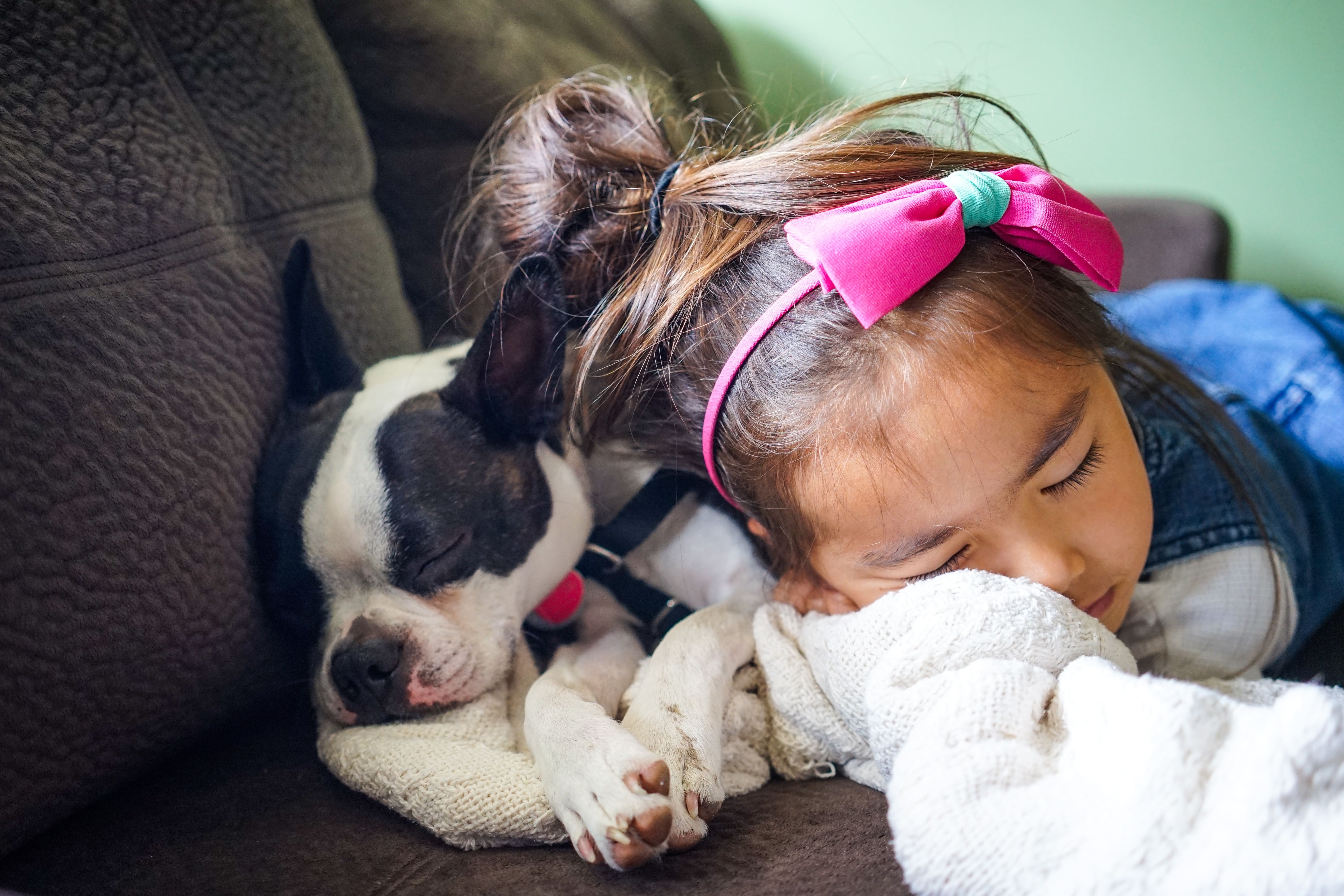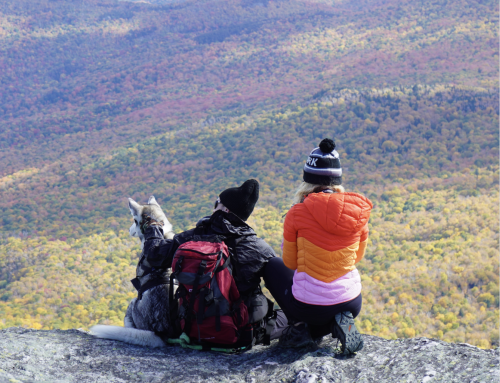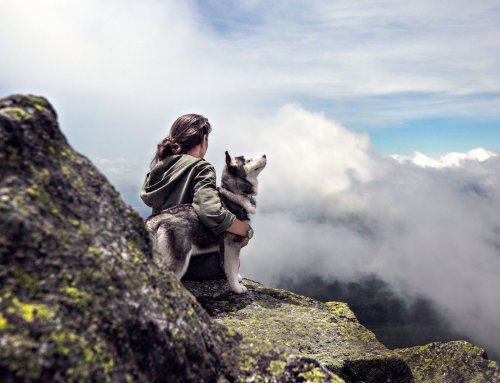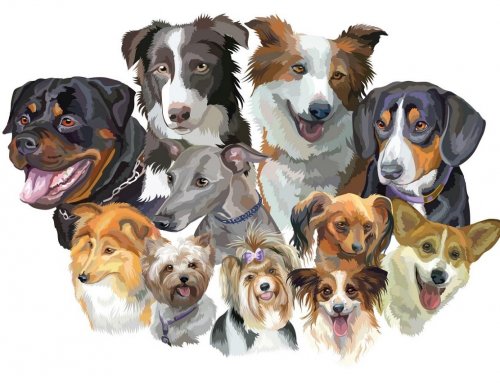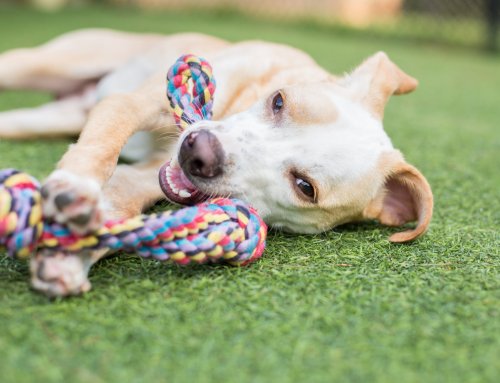Children love to interact and get a reaction from the family puppy. Therefore, it’s not uncommon for children to hide food, play a little too rough, hug too tightly, pet too hard, or play dress-up with the puppy. In these situations, the parents’ guidance is required. If the parent does not guide their children to properly handle and care a puppy the dog’s behavior will change to the worst. Since the puppy is uncomfortable and/or in fear of being hurt.
The following behaviors may indicate that you as a parent need to teach your child how to care and handle a puppy:
- Chasing a fleeing dog
- Locking a dog in a closet
- Leaving a dog outdoors
- “Petting” the dog too hard
- Knowingly or unknowingly feeding a dog harmful human foods
- Painting a dog’s body
- Placing a tight rubber band around a paw
- Scaring the dog
- Bothering the dog when they are eating
- Placing their face close the dog’s face while talking loudly
- Grabbing the dog’s ears and/or tail
- Climbing on the dog
- Taking the dog toy and/or bones away
Taking Action:
- Do not ignore or dismiss the behavior. Teach your child that they have done a pet-unfriendly action and deal with them as they have committed a serious offense. They will think twice before repeating the behavior.
- Use the same serious tone of voice that you would use if you saw your child running across the street without stopping to look for oncoming traffic.
- The statement, “We do not hurt animals” is far more effective than lecturing.
- Set the example! Never hit, shake, jerk, or yell at your family puppy/dog.
Remember there is no such thing as an aggressive breed. A puppy’s behavior reflects the type of treatment it gets from its owner. Therefore do not blame the puppy if it bites or attacks your child. The puppy did it for a reason.
God bless and Go Tigers!
Keywords: puppy, dog, children, siberian husky, doberman pinsher







